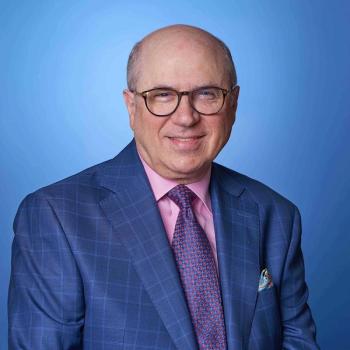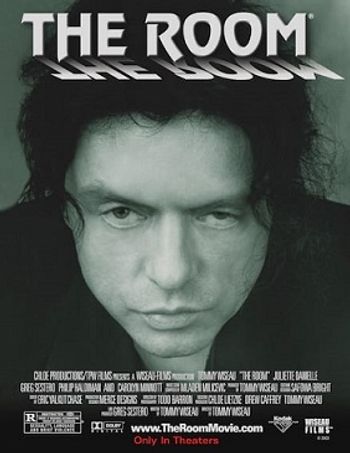
Your Opportunity to Contribute to Our Nation's Classification of Racial and Ethnic Identities
What do our ethnocultural identities mean for each of us and for our patients?
PSYCHIATRIC VIEWS ON THE DAILY NEWS
Yesterday, I tried to think back 50 years to how I identified my patients in terms of race and ethnicity. It was probably pretty simplistic and used some terms that are different than now, such as, “he is a 40-year-old Caucasian male.” A more specific term, now hardly mentioned, was WASP (White Anglo Saxon Protestants), the power group of the 1970s and ‘80s.
As I became more and more interested in the cultural aspects of psychiatry, I made finding out one's cultural identity the basis of a model cultural psychiatry educational series for psychiatric residents. All this mattered because emerging research indicated that cultural identity influenced the psychiatric treatment that patients received.
What spurred my memories was unexpectedly hearing that the goal of the current Biden Administration is to update the nation's racial and ethnic categories for the first time since 1997. Going back to its beginning in 1790, such categories had often been used more for exclusion than inclusion. Over time, such designations included “free,” “slave,” “Mulatto,” “Hindu,” and “Hawaiian.”
Organized psychiatry, in terms of the American Psychiatric Association (APA), has been doing something similar. In last year’s DSM-5-TR update, new terms such as “racialized” and “ethnocultural” were recommended instead of “racial.” Eliminated was the term “minorities” to classify races, in part because it could imply inferior status. Critical to change was racial bias and discrimination, which could lead to misdiagnosis and, thereby, mistreatment.
For the country as a whole now, the Office of Management and Budget (OMB) is holding 3 virtual town hall meetings over this week and next. For example, feedback is desired for the initial proposal for a category of Middle Eastern and North African (MENA), separate from “white.” In the latest 2020 census, which influences federal policies and programs, there was 1 category for ethnicity—Hispanic or Latino—and there were 5 categories for race: American Indian or Alaska Native, Asian, Black or African American, Native Hawaiian or Pacific Islander, and white. Mixing categories was allowed.
Personally, I felt that I didn't fit any of these explicit categories. I currently culturally identify myself as Jewish American. Others perhaps would think I was white. Why is this important? It is a time of rising antisemitism, which has psychologically harmful repercussions. In some sort of serendipity, as I was writing this yesterday, a colleague, Kalpana Prasad, MD, had an article posted here titled “
Once upon a time, DSM III in 1980 had a classification that included “identity disorder,” which was downgraded to “identity problem” in DSM-IV in 1994. Exactly what our ethnocultural identities mean for each of us and our patients often needs more exploration than a mere label.
The OMB process provides a participation opportunity. Just go to the website of the
Dr Moffic is an award-winning psychiatrist who has specialized in the cultural and ethical aspects of psychiatry. A prolific writer and speaker, he received the one-time designation of Hero of Public Psychiatry from the Assembly of the American Psychiatric Association in 2002. He is an advocate for mental health issues related to climate instability, burnout, Islamophobia, and anti-Semitism for a better world. He serves on the Editorial Board of Psychiatric Times®.
Newsletter
Receive trusted psychiatric news, expert analysis, and clinical insights — subscribe today to support your practice and your patients.













